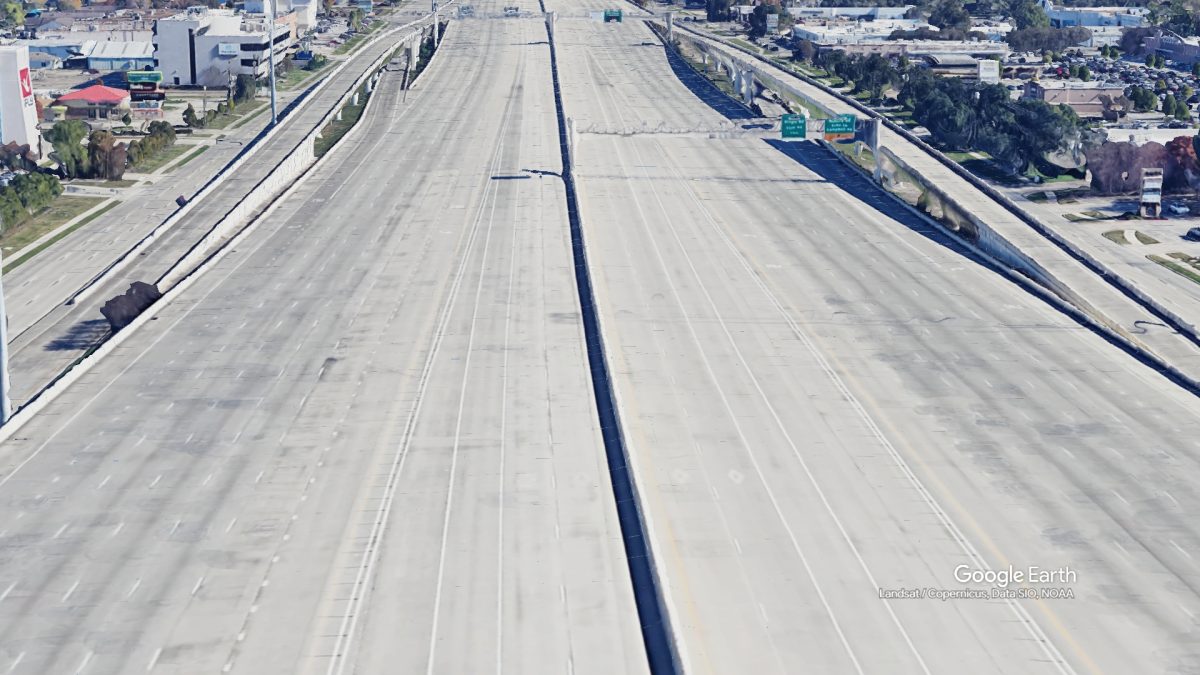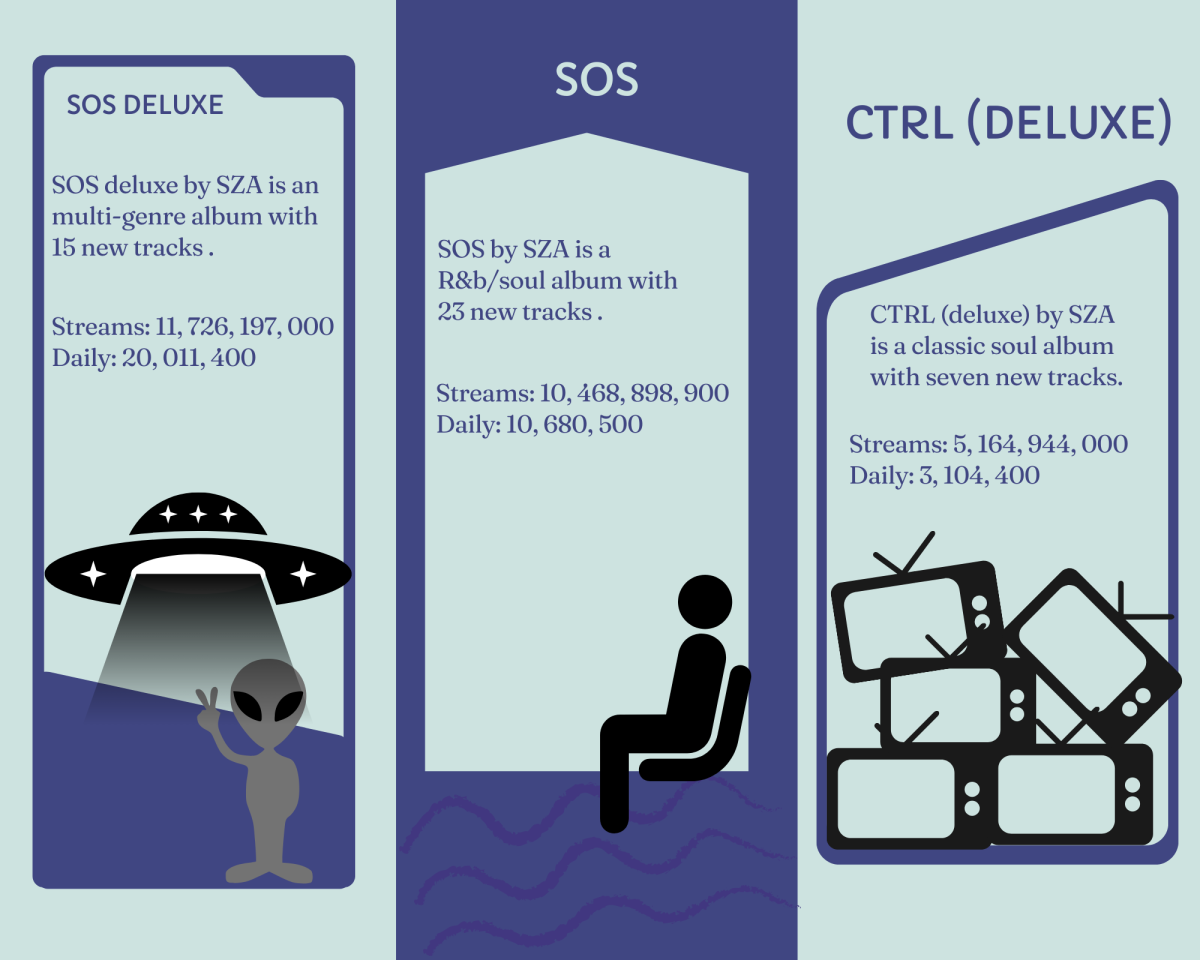By the early 2000s, the Katy Freeway (Beltway-8), a portion of I-10 connecting downtown Houston to the growing suburbs, had a reputation for being one of the most congested roadways in the city, reportedly wasting 25 million hours of commuter time. Four years and a few billion dollars later, the freeway was widened to 26 lanes to meet demand. Beltway-8 has gained worldwide recognition for being one of the widest freeways in the world, its notoriety sparking years of ongoing debate.
In an age where the needs of cars are prioritized over the needs of citizens, cities need to and should invest in more public transportation-based solutions to traffic congestion. Despite supporters acclaiming the Katy Freeway as a success and a marvel in traffic engineering, in practice, it embodies the problems inherent to car-first infrastructure.
Something that is often overlooked about roads is how space-inefficient they are, especially when compared to other modes of transport like rail, which is more eco-friendly and better at reducing traffic. In addition, train tracks are also remarkably cheaper to build and expand. Rail tracks cost anywhere from $1-3 million per mile, a trivial amount compared to the $2.8 billion spent on the Katy Freeway project, according to the Federal Highway Administration. The project reconstructed a 12 mile portion of the Katy Freeway, which amounts to a price tag of $233.3 million per mile of freeway built.
Not only is the cost of building massive highways expensive, but the money it takes to maintain them is equally as extortionate. Just recently, the Texas Transportation Commission approved a record $104.17 billion for road and highway construction and maintenance in the coming years. Considering that according to a 2023 INRIX traffic research report, four of the nation’s top 25 most congested cities are located in Texas (Houston – 8th, Dallas – 17th, Austin – 21st, San Antonio – 25th) these multibillion-dollar price tags don’t not seem justified.
Lastly, the reason why this approach to reducing traffic doesn’t work is because of induced demand. In economics, induced demand is the phenomenon where a price decrease caused by increased supply increases the demand for that thing. In this case, the price of driving isn’t monetary, but one of opportunity. When you choose to drive somewhere, you are sacrificing the opportunity to do other things. This cost serves as a sort of built-in traffic deterrent as people decide whether the time spent driving somewhere is worth it.
As the supply of available lanes increases, the demand doesn’t decrease because people who need to drive will do so regardless of traffic. If someone has school or works for a living, they cannot afford to skip out on commutes just because traffic is bad. Conversely, infrequent drivers, enticed by a lower opportunity cost, are incentivized to drive more often. Increasing the supply of lanes is not only ineffective at reducing traffic, it allows and encourages more cars to be on the road, actively making congestion worse.
Unfortunately, this isn’t just a Houston problem. It’s normalized in the US for most places to become minefields of unfinished road infrastructure. The Texas Department of Transportation’s own project tracker lists over $2 billion dollars worth of active, or soon to be active, projects in the San Antonio/Bexar County area alone. Things will only change if there is enough public pressure on politicians to improve the state of public transportation. Because as of now, 26-lane highways will only be the beginning.









